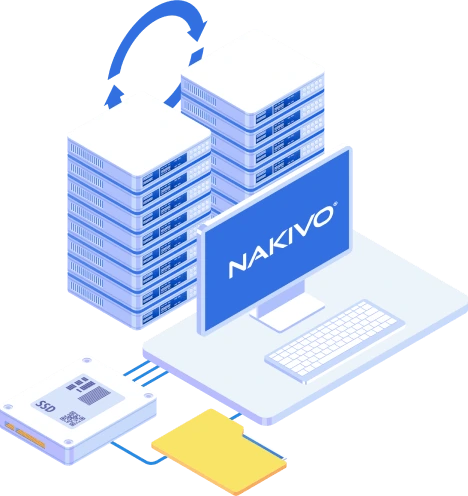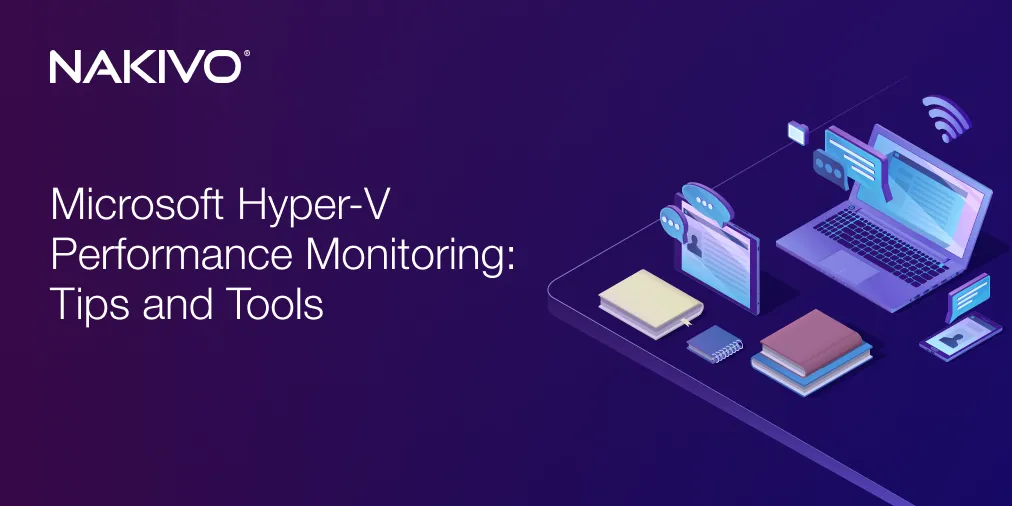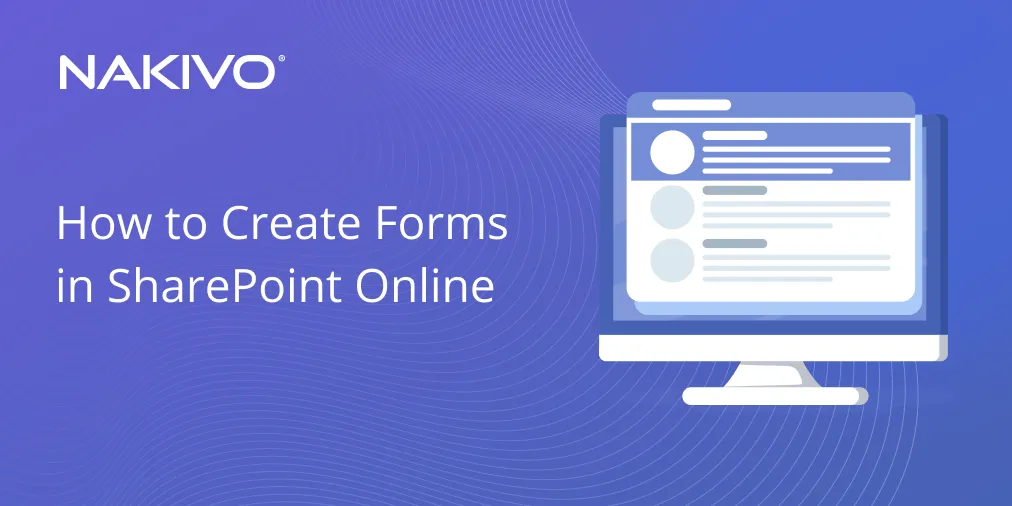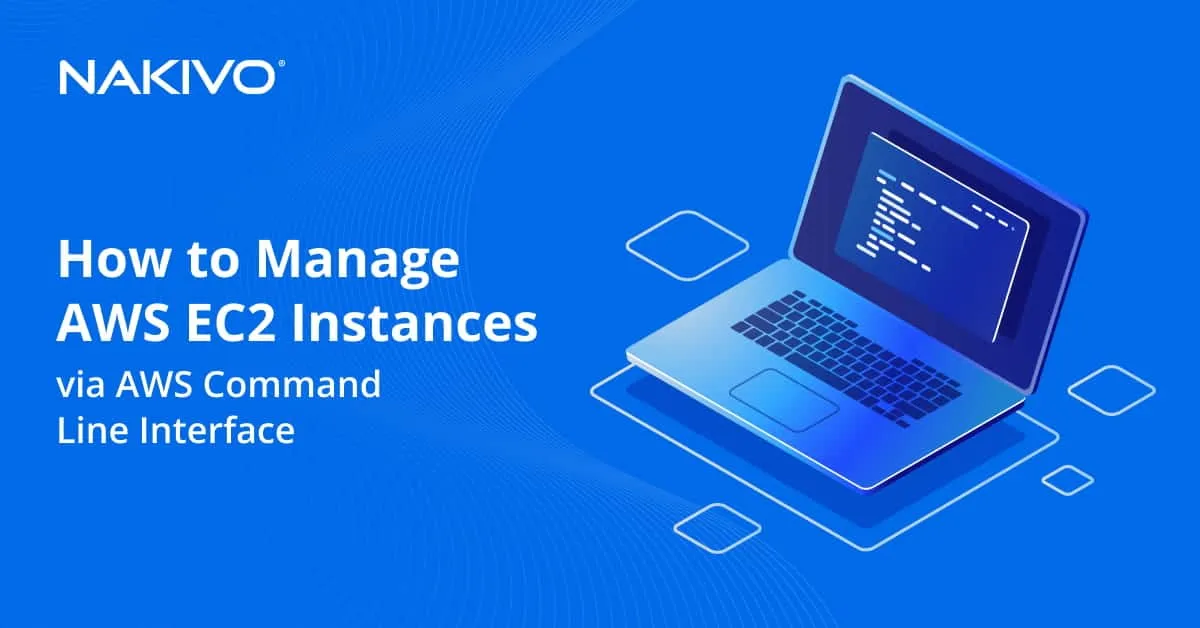Disaster Recovery Outsourcing Overview
In recent years, the cost of business outages has been exponentially increasing. It is estimated that over 60% of disruptions result in more than $100,000 in total losses, not to mention the reputational damage and compliance breaches involved.
By building a robust disaster recovery (DR) strategy, organizations can ensure data availability, minimize downtime and resume business activities as quickly as possible following an unexpected data-loss event. There are two approaches to disaster recovery: traditional (in-house) DR and outsourced disaster recovery as a service (DRaaS).
This blog explains the difference between traditional DR and DRaaS. Read on to discover the use cases of DR outsourcing and understand what is best for your organization’s needs.
Traditional Disaster Recovery
With traditional disaster recovery (DR), the organization relies on its own infrastructure and available resources to handle data protection and recovery operations. The company invests in a specialized DR solution, and an additional data center is usually deployed in a different location to serve as a secondary DR site.
In conventional DR, you have full control over all recovery processes since your DR strategy is developed by an on-premises IT team, without third-party involvement. The success of in-house DR mainly relies on the effectiveness of the DR solution and the expertise of your staff members in designing, implementing and continuously maintaining the right disaster recovery plan for your business.
In-house DR costs largely depend on the complexity and sophistication of your data protection strategy in addition to the costs and capabilities of your data protection solution. To build a resilient infrastructure, you need to invest heavily in purchasing stand-by servers, storage, and IT equipment, which would require ongoing support and maintenance. These costs will also depend on the type of secondary DR site you choose. Most small and medium-sized businesses cannot afford this approach and resort to disaster recovery outsourcing.
Disaster Recovery Outsourcing: The Basics of DRaaS
Disaster recovery outsourcing, more commonly known as disaster recovery as a service (DRaaS), is a third-party service offered by specialized service providers. DRaaS leverages cloud computing and on-premises resources to perform a variety of data protection activities including backup, replication, failover and failback.
DRaaS vendors typically offer a stable pricing policy, making it easier for smaller businesses to plan their DR budgets. An effective DRaaS provider delivers the backup and replication infrastructure and an expert IT team that can take on even the most challenging data protection tasks. With such an integrated approach, you can save time and resources to focus on refining and testing your DR plan knowing that your recovery objectives are met.
DRaaS Pros and Cons
Disaster recovery outsourcing can be considered as a substitute for traditional DR in certain scenarios and provides several key advantages, such as:
- Reduced costs: Investing in a data protection solution, building a DR site, hiring an expert IT team and purchasing the necessary equipment can take a heavy toll on an organization’s budget, not to mention the expenses related to DR plan implementation and testing. With DR outsourcing, you eliminate the unforeseen costs that usually come with in-house DR. A third-party vendor usually offers an affordable pricing model whereby you only pay for the services you actually use.
- Ransomware protection: Year after year, cyberattacks are becoming more abundant and sophisticated. Businesses that rely on traditional DR methods or basic data protection solutions might find it difficult to stay up to date with the latest types of ransomware and malware. On the other hand, DRaaS providers are continuously enhacing their offerings and improving their product’s functionality to address existing and potential security threats. Most DRaaS vendors offer a variety of data protection options and allow you to implement a DR plan of any complexity, meet your specific business needs, and ensure ransomware recovery.
- Fast recovery: DRaaS providers can control DR processes and perform the necessary workflows remotely. Once a disaster hits the primary data center, critical data can be quickly recovered and important business operations resumed with just a few clicks. Fast and successful recovery translates to minimal downtime and damage to business productivity, which is the ultimate goal of DR.
- Scalability: DRaaS offerings are highly scalable since they allow you to instantly upgrade your infrastructure’s capabilities to meet your changing business needs.
- Ease of use: You can manage all data protection activities from a single interface. At the same time, the DR provider handles more complex tasks, such as performing data backup, maintaining backup servers and storage, running DR tests, enabling necessary upgrades, etc.
- Compliance support: DRaaS vendors generally provide a highly secure backup infrastructure that adheres to regulatory and compliance requirements. This allows your organization to remain compliant with key regulations even during a DR event.
Keep in mind that there are a few disadvantages associated with DR outsourcing, including:
- Possible lack of security: When you choose to outsource disaster recovery, you provide a third party with access to your business and customer data. In the wrong hands, this might be a risky strategy. Make sure that the DRaaS service provider you choose offers the availability you need without compromising on security.
- Dependency on a service provider: Some organizations feel more confident about their data safety and recoverability if they perform all DR operations themselves, which can be a resource-intensive task. A DRaaS provider can reduce management complexity associated with data protection. However, this means that you have less control over the implementation of the DR plan. If the DR vendor experiences issues or lags during a DR event, you will not be able to do anything until their support team resolves the problem. That is why a provider that places high value on providing 24/7 support is the way to go.
- Possible performance problems: Providers use DRaaS solutions that are mostly cloud-based which means that you need internet access to perform any data protection operation. With a poor internet connection, you cannot properly back up your data to an offsite storage or restore it in a timely manner.
Why Choose NAKIVO Backup & Replication
NAKIVO Backup & Replication is a comprehensive data protection solution that allows organizations to perform traditional DR and empowers managed service providers (MSPs) to deliver DRaaS to their clients.
The NAKIVO solution ensures data recoverability in almost any disaster scenario with a variety of advanced features, including:
- Backup tiering: Avoid a single point of failure by sending backups to different targets: local, offiste, network shares, cloud (Amazon S3, Wasabi, Azure Blob Storage, Backblaze B2), tape, etc.
- Anti-ransomware protection: Protect backup data against ransomware infections and encryption to enable post-ransomware recovery.
- Multiple recovery options: Quickly restore entire machines or individual files and objects directly from compressed backups. You can also perform cross-platform and physical-to-virtual (P2V) recoveries.
- DR orchestration: The Site Recovery functionality allows you to automate and orchestrate all disaster recovery sequences. Keep in mind that you can test your DR strategy without disrupting your production network.
- Automated failover: Create and maintain replicas of your VMs and set automatic workflows for near-instant failovers. This allows you to achieve the lowest RTO and RPO possible and resume business operations in no time.
- Advanced multi-tenancy: The multi-tenant mode allows MSPs to create isolated instances for their DRaaS clients. The feature can also benefit organizations with the traditional DR approach (for example, a tenant can represent the company’s branch or department).
Conclusion
Organizations big or small can rely on traditional DR, disaster recovery outsourcing or both to ensure data recoverability following a disruptive event. While onsite DR has its advantages, choosing a reliable DRaaS provider can help you identify weaknesses in your IT infrastructure and subsequently create a comprehensive DR strategy. Make sure you understand your business requirements and browse the available options before making a decision.





